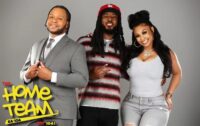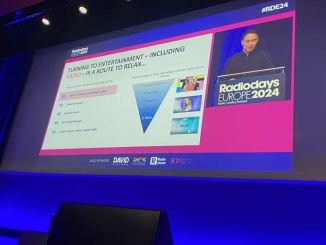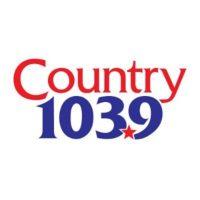
30 ideas from Radiodays Europe: RDE24
At the end of each Radiodays conference there is always a fast wrap from some of the best presenters in the show.First presenter was Paul Sylvester, CD of Absolute Radio Network, who contributed 5 ideas to be brilliant at breakfast:
What is your show’s superpower. If you work it out you can dial it up so that listeners know what makes your show different and special.
Your listeners are the most important celebrities you can interview. They will deliver more gold than any ‘famous’ guest. They are unfiltered and will give you the best radio gold.
What makes your listeners late for work? The best shows have people sitting in their cars listening before they can get out and go to work.
Is your commercial activity integrated enough? Commercial promotions should feel as seamless as any other content on the station.
How strong are the personalities on your show?
Marketing coach and CEO of the Radio Embassy Lenja Faraguna’s tips are:I believe in love and connectionHow do we get the attention of people who are hard to reach?Audio marketing is the hero of brand building.If you have a big idea, send it, but keep in mind that the people you are pitching to are bombarded with ideas. Here are some tactics to get your pitch noticed:6. STATOY – saw this and thought you7. Please stalk us – go check our campaigns, what can we do if they add radio8. 2 for 1 – if they specify what they want, and it’s not going to be successful, send them the response to their idea, but also send your idea. They will get two ideas for one and will often like your idea better.8. Unique link – send link with their name10. Human Billboard – their quote on a T-shirt with their nameWade Kingsley, the Creative Coach said:
Bring people together… like Taylor Swift, who creates shared experiences between the people in the crowds at her concerts.
Make mistakes on purpose. Be ok to make mistakes and learn from them.
Create your own flow. Do what is core to you.
Make it funnier. Things can always be funnier, nobody ever says make it less funny, everyone always loves something unexpected and funny.
Surf any wave you can. Sometimes we want to stick to our lane, but don’t be afraid to stray from your lane if there is a good enough reason.
Iram Ansari, from NRK – Norwegian Broadcasting CorporationHow to ensure diversity in your sources as a journalist?16. Give new people who are not trained in media chance to be in your story.17. Have regular source meetings and participate in events that have topics where many multicultural people participate.18. Get a digital visitor card with a QR code that you can give easily to your source.19. Use your sources correctly: Let them answer about topics they are professionally good at.20. Get to know someone who is dissimilar to you privately! It’ll give you different perspectives.Des Paul, from Greatest Hits Radio UK gave tips about music presentation.
Be more human, less robot. Look for every opportunity to be yourself on air, your audience will feel that you are keeping them company, robots can’t do that.
Prep, Prep, Prep. You need to know how you will get in and out of your talk break. Give the audience things to think about every time you open the mic. You can’t do that by just turning up and winging it.
Be bright and warm. Leave negativity to the news, be the nicest person in the room.
Keep it nice and tight.
Always move forward.
Arielle Nissenblatt Community Marketing ManagerIdeas for creative digital marketing that come from my podcast world:26. Collaboration over competition: tap into existing audiences and reaching out with a genuine ask?27. Make mountains out of mole hills – Promote yourself and tell everyone what a great job your doing.28. Data transparency – is super important to deliver on ads your trying to deliver.29, Be the creator in your circle30. Go to where your listeners are ready to consume31 (bonus). Be on the lookout: how can we grow the pie and know it’ll come back to you some day.As the conference ended, Radiodays CEO Peter Niegel announced the venue for next year’s Radiodays Europe. It is… … ATHENS. Between 9-11 March 2025 […]





